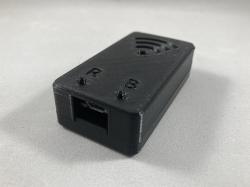 Boitier ESP32 - ESP32 case
Boitier ESP32 - ESP32 case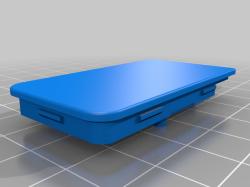 esp32 case
esp32 case 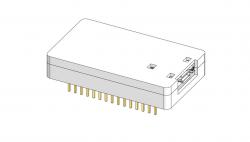 ESP32 WROOM 3D print mini Case
ESP32 WROOM 3D print mini Case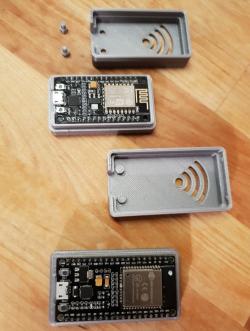 esp32-case
esp32-case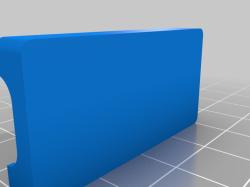 esp32 case
esp32 case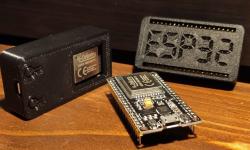 ESP32 Case
ESP32 CaseESP32 Case Designs
The array of ESP32 case designs is vast, ranging from simple, minimalistic covers to more complex, feature-rich enclosures. Many designs incorporate slots for connectors, making it convenient to connect other devices or sensors to the ESP32 without removing it from the case. There are cases tailored for specific ESP32 models like the ESP32 dev kit, ESP32 WROOM, and the ESP32-S3-DevKitC-1, ensuring a perfect fit for your particular board. Some cases are designed with utility in mind, such as those with built-in mounts for displays or provisions for cooling to prevent the ESP32 from overheating during intensive tasks.
Designs can vary significantly, with some focusing on robustness, offering thick walls and secure snap-fit lids, while others prioritize ease of access with modular designs that allow quick assembly and disassembly. The choice of design largely depends on the intended use of the ESP32. For instance, a project that requires frequent access to the ESP32’s GPIO pins might benefit from a case with an open-top or removable panels.
3D Printing Tips for ESP32 Cases
When 3D printing an ESP32 case, several factors should be considered to ensure the final product is both functional and aesthetically pleasing:
- Material Selection: PLA is a common choice for 3D printing due to its ease of use and wide range of colors. However, for cases that might be exposed to high temperatures or require extra durability, materials like ABS or PETG might be more suitable.
- Print Settings: Optimal print settings can vary depending on the printer and material used. Generally, a higher layer resolution will result in a smoother finish but will take longer to print. Ensuring adequate infill is also crucial for the case’s structural integrity, especially around screw holes and clips.
- Post-Processing: Some cases might require post-processing steps such as sanding or drilling. Sanding can help smooth out the surface, while drilling might be necessary to clean up holes for screws or connectors.
Q&A
Q: Can I modify an existing ESP32 case design to better suit my needs? A: Absolutely! Most designs are shared in formats that can be easily modified using 3D modeling software. This allows you to customize the case to include extra ports, change dimensions, or even add your personal touches like logos or text.
Q: Are there ESP32 cases that can accommodate additional components like batteries or displays? A: Yes, many designers have created ESP32 cases that include space for additional components. These might include specific cutouts for displays, compartments for batteries, or even mounts for sensors and other peripherals.
Q: What should I do if my printed case doesn’t fit my ESP32 properly? A: If the case doesn’t fit, it’s often due to inaccuracies in the 3D printing process or the initial design. You can try adjusting the scale of the model slightly in your 3D printing software or check if there are any printer calibration issues that need to be addressed.
Engaging with the community on platforms like Thingiverse and Printables can also provide insights and solutions from others who have printed similar cases. These platforms are invaluable resources for anyone looking to dive into the world of 3D printing for ESP32 cases, offering a plethora of designs and the collective knowledge of the community.
